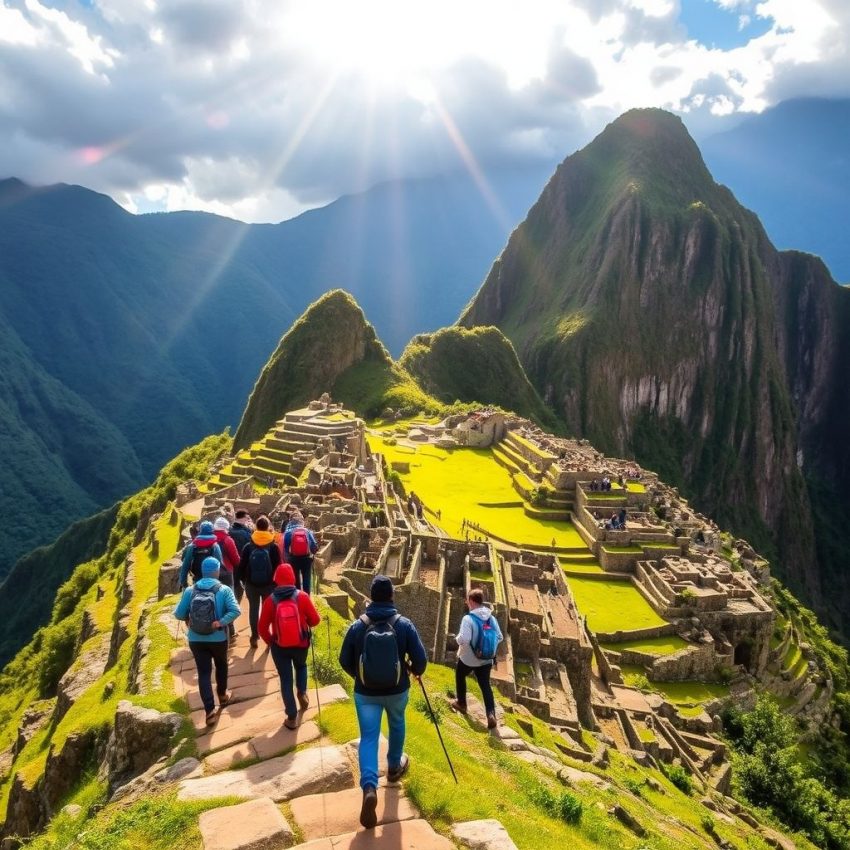Conquering the Inca Trail: Just How Hard Is It, Really?
The Inca Trail. Four days, 43km (26 miles), and a breathtaking culmination at Machu Picchu. It's a bucket-list adventure for many, but the question remains: just how challenging is this iconic trek? This post tackles the frequently asked questions about the Inca Trail's difficulty, helping you determine if you're ready to take on the challenge.
Is the Inca Trail difficult?
The short answer: Yes, it's moderately challenging. The Inca Trail isn't a casual stroll. It combines high altitude, steep ascents and descents, and unpredictable weather, requiring a good level of fitness. However, with proper preparation and a positive attitude, it's achievable for most people in reasonably good health.
FAQs:
1. What are the biggest challenges?
- Altitude: The trail reaches a maximum altitude of 4,215m (13,829 ft) at Dead Woman's Pass. Altitude sickness can affect anyone, regardless of fitness level. Acclimatizing in Cusco for a few days prior to the trek is crucial.
- Steep inclines and descents: Be prepared for thousands of stone steps, both up and down. This puts a strain on your knees and ankles. Trekking poles are highly recommended.
- Weather: Conditions can change rapidly from sunshine to rain to hail. Pack layers of clothing to adapt to varying temperatures.
- Camping: You'll be camping for three nights. While porters carry most of the gear, you'll still need to carry a daypack with essentials.
2. What level of fitness is required?
You don't need to be a marathon runner, but a reasonable level of fitness is essential. Regular cardio exercise, such as hiking or running, in the months leading up to the trek is highly recommended. Practice hiking with a weighted backpack to simulate the conditions.
3. How can I prepare for the altitude?
Spend at least two full days in Cusco (3,400m/11,200ft) before starting the trek. This allows your body to adjust to the lower oxygen levels. Drink plenty of water, avoid alcohol, and consider coca tea, a traditional remedy for altitude sickness.
4. What about the porters?
Licensed porters carry your camping gear, food, and cooking equipment, significantly lightening your load. It's important to treat them with respect and ensure they are fairly compensated and have appropriate gear.
5. What should I pack?
- Layers of clothing: Including waterproof and warm layers.
- Sturdy hiking boots: Broken-in and waterproof.
- Trekking poles: Essential for stability and reducing strain on your joints.
- Headlamp or flashlight: For navigating around the campsite at night.
- Sunscreen, hat, and sunglasses: Protection from the strong Andean sun.
- Water bottles or a hydration bladder: Staying hydrated is crucial.
- Snacks: For energy boosts along the way.
- First-aid kit: Including blister treatment and any personal medications.
6. Is it worth it?
Absolutely! The Inca Trail is a challenging but incredibly rewarding experience. The stunning scenery, the sense of accomplishment, and the magical arrival at Machu Picchu make it an unforgettable adventure.
So, is the Inca Trail for you?
If you're up for a physical challenge, prepared to train, and eager to experience one of the world's most iconic treks, then the answer is a resounding yes! With proper preparation and a positive mindset, you can conquer the Inca Trail and create memories that will last a lifetime.
Don’t miss out on this exclusive deal, specially curated for our readers! Flexibility matters: Explore deals with free cancellation options at Expedia.com
This page includes affiliate links. If you make a qualifying purchase through these links, I may earn a commission at no extra cost to you. For more details, please refer to the disclaimer page. disclaimer page.

